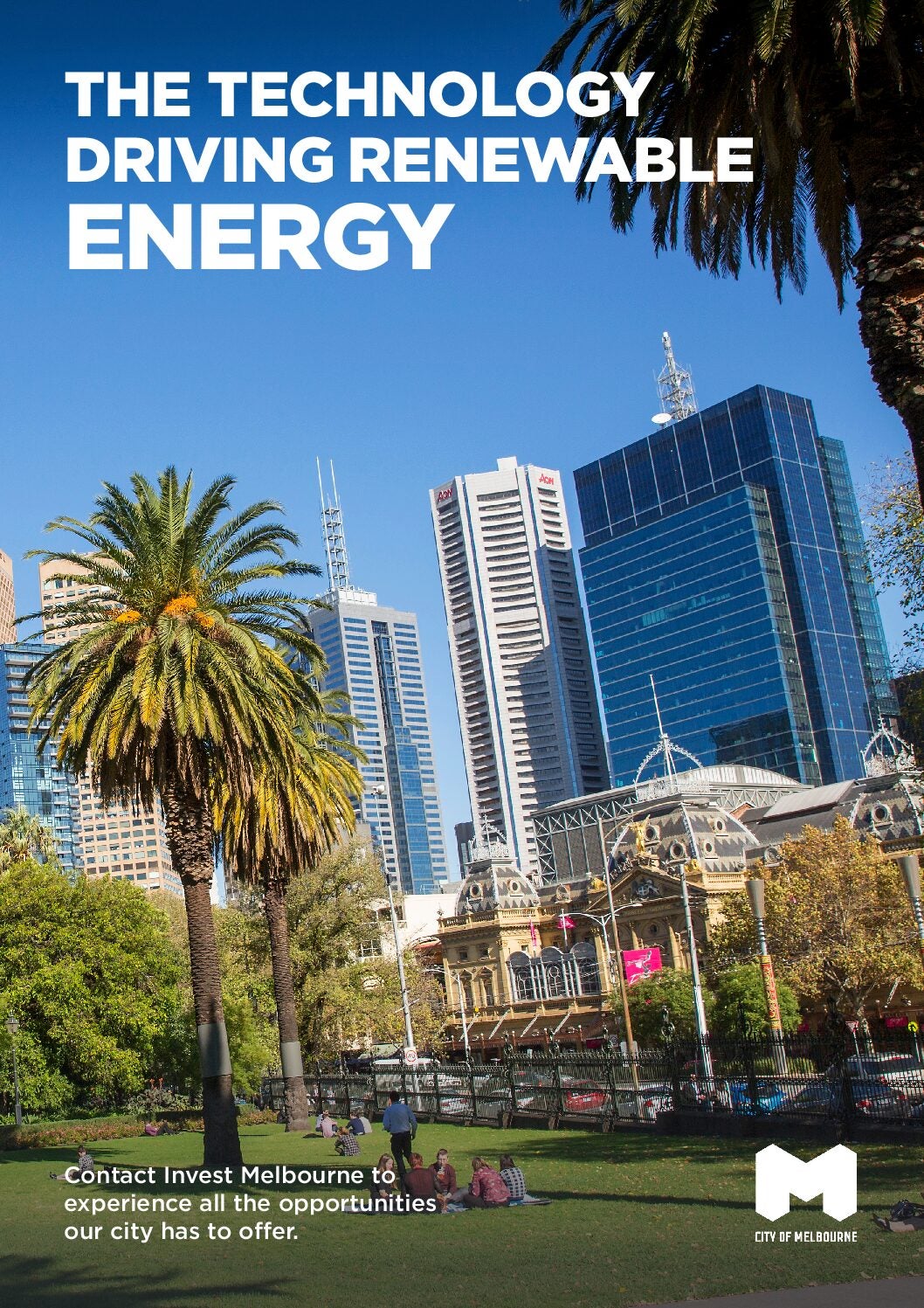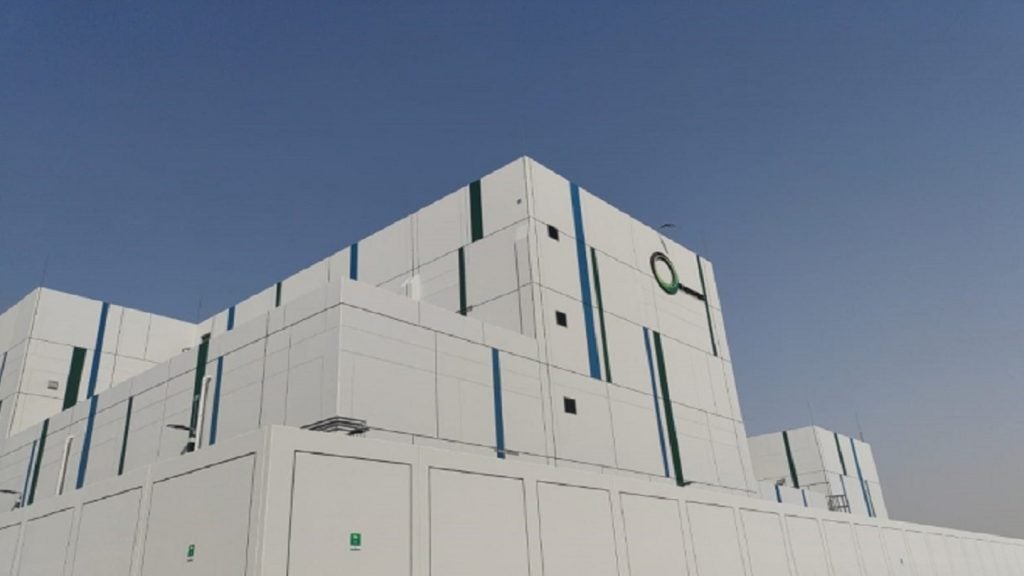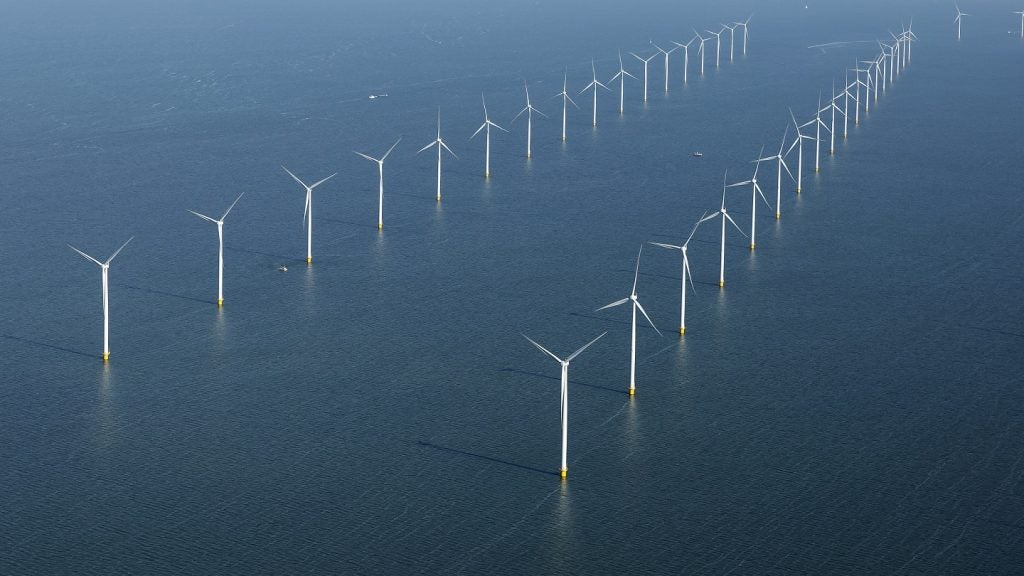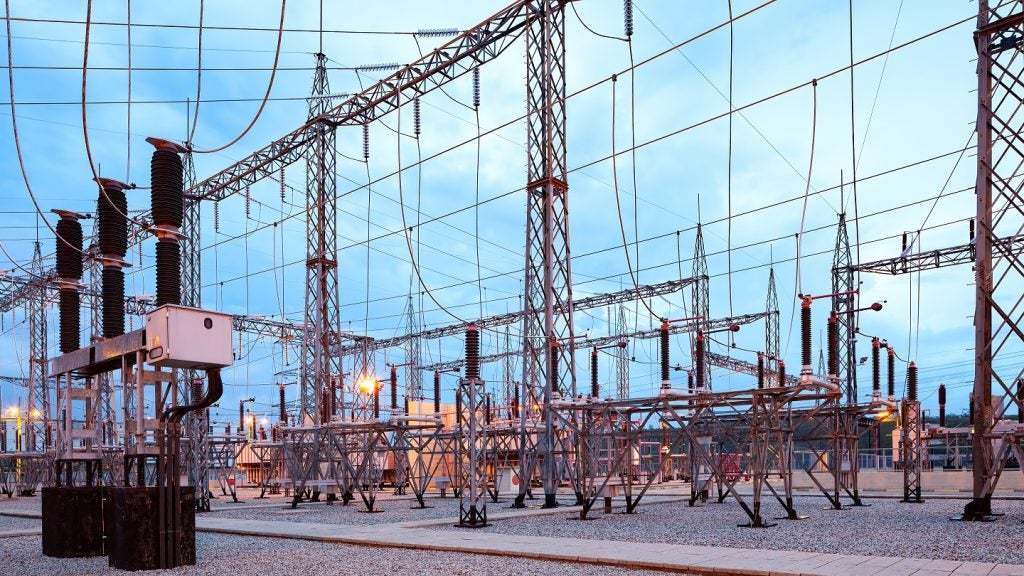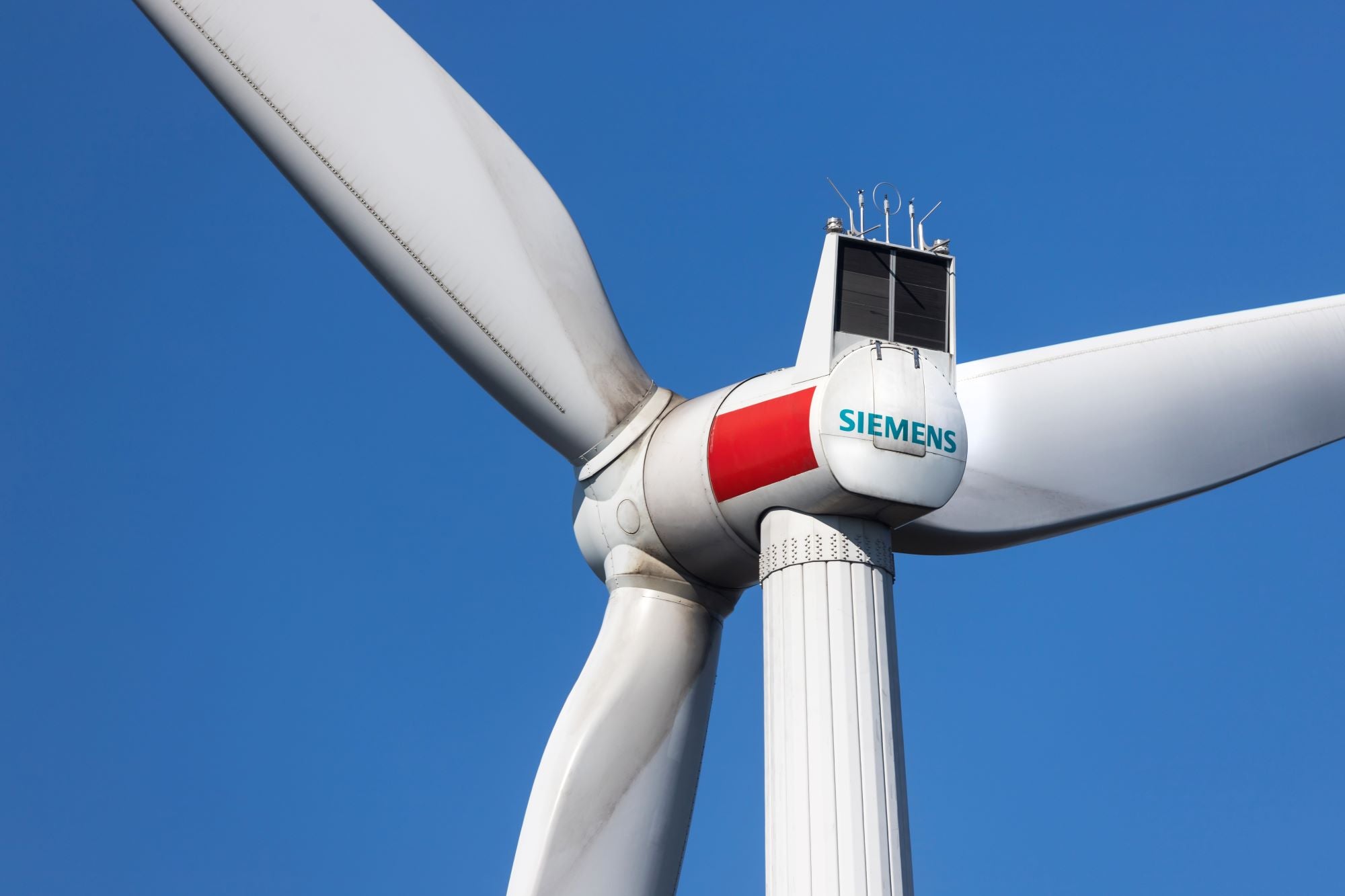
For Siemens Energy, it has been a stormy few months. Binning its profit forecast in June, the German-owned energy giant warned it could be forced to spend more than €1bn ($1.06bn) resolving numerous technical issues it faced, sending it share price plummeting by as much as 30% at one point. Much of this instability came from difficulties at its wind turbine subsidiary, Siemens Gamesa.
Although markets reacted with shock, the news did not come entirely unexpected, given that Siemens Gamesa had in January identified faulty components among some of its products – a development which initially cost it almost €500m to address. Announcing the additional costs it would incur, in June its parent company said it was undergoing an extended technical review of Siemens Gamesa’s installed turbine fleet and product designs, after what it described as a substantial increase in failure rates of components.
How well do you really know your competitors?
Access the most comprehensive Company Profiles on the market, powered by GlobalData. Save hours of research. Gain competitive edge.

Thank you!
Your download email will arrive shortly
Not ready to buy yet? Download a free sample
We are confident about the unique quality of our Company Profiles. However, we want you to make the most beneficial decision for your business, so we offer a free sample that you can download by submitting the below form
By GlobalData“We are also reviewing assumptions critical to existing business plans, given productivity improvements are not materialising to the extent previously expected,” a company statement said, adding that it was experiencing ongoing ramp-up challenges in offshore too. The previous month, Siemens Energy CEO Christian Bruch said on the news of its extended technical review: “The reason for this call is very unpleasant… The fact that we have identified more quality problems marks a significant setback for us.” Speaking to journalists during an open call, he said “too much had been swept under the carpet” at Siemens Gamesa, and added that the issues were more severe than he had thought possible.
Unpicking the parts
In June Siemens Gamesa’s chief executive, Jochen Eickholt, told members of the press about issues related to rotor blades and bearings. Labelling it a “disappointing” and “bitter setback”, he said: “The quality problems go well beyond what had been known, in particular in the onshore area.” He spoke less than two weeks after Siemens Energy had taken over control of the Spanish company, following a drawn-out acquisition process. The difficulties highlighted in the meeting were more than just those mentioned in January.
It is now widely reported these problems specifically relate to wrinkles in rotor blades, and particles in the bearing components of two of its newest onshore turbine offerings: the 4.X and 5.X. Reporting on the issue, Bloomberg said that “the problems centre on the discovery that a main piece on the frame of a wind turbine can move or twist over time, potentially damaging other critical components”.
Siemens Gamesa has said that of the 2,100 4.X and 800 5.X models currently operational, not all had the issues. However, in September, it was reported to have largely withdrawn both from the market, according to German newspaper Handelsblatt. That suggestion was firmly rebutted by a Siemens Energy, with Electrek reporting them as saying: “Our absolute priority is to revise the affected systems in existing customer projects. That’s our focus.”
To date there are no reports of incidents of failure among the company’s large customer base. However, in an effort to address concerns, an extended technical review will be overseen by a taskforce comprising of experts from Siemens Gamesa and Siemens Energy, supported by global consultancy AlixPartners. For now, Siemens Gamesa believes the issue affects 15-30% of its current fleet of operational 4.X and 5.X models but, it says, they can still be operated.
Siemens Energy moves back from wind
In its third-quarter results, Siemens Energy said: “…to ensure a long-term runtime, the aim is to rectify the problems within normal service intervals.” It added that the cost to remedy would likely be in the region of €1.6bn, with the majority of that coming in 2024 and 2025 as repair costs. However, refusing to comment specifically on suppliers, it did confirm it was in talks over potential compensation, and that certain third-party suppliers had been excluded from further deliveries, Reuters reported.
The company went on to say that the events of previous months had led it to review its strategic approach. “Due to the developments at Siemens Gamesa, Siemens Energy is reviewing the current strategy and action plan in the wind business,” it said. The resulting strategic plan is expected to be presented at the Capital Markets Day in November. In an interview with CNBC’s Squawk Box Europe at the release of results, Bruch said the problems may be the result of rolling out products to the market “too fast”. He said: “This is not a cost issue per se, it is really a quality issue in terms of going too fast with new products into the market.”
For Siemens’ wind turbine operations, difficulties are not restricted to onshore. It’s offshore activities are facing a challenging time too, largely centred around its efforts to increase production through a strategy of investment in capacity. The company had hoped to harness the potential of EU ambitions for offshore power generation by enhancing its capabilities in France, Germany, Denmark and the UK, with the intention of producing more, larger turbines. The strategy included the construction of new production sites too, including manufacturing halls.
However, tight supply chains and a challenging labour market, coupled with rising production costs, have impacted these ambitions and the profitability they may offer. It said those higher production costs “mean that projects already contractually committed-to cannot be completed profitably if implemented by the customer”.
The reputation of European wind power
Aside from its turbine-related issues, Siemens Energy reported the “favourable market environment” had seen it take orders amounting to €14.9bn ($15.7bn) in its third-quarter results, a 54.2% year-on-year growth, driven by large orders at Siemens Gamesa and Grid Technologies. It also reported, on a comparable basis, revenues rose by 8% to €7.5bn ($7.94bn).
However, the issues Siemens wind operations faced earlier this year led some to question whether the sector more widely was set for a difficult period. Also speaking with CNBC days after Siemens’ June announcement, AllianceBernstein’s Nicholas Green, head of EU capital goods and industrial technology, warned that the sector could face inherent risks of this kind, largely because many components of larger turbines are relatively new to the sector.
“We have to acknowledge that releasing brand new machinery – whether it’s onshore or offshore– and the pace of change in that machinery has put us into slightly uncharted territory,” he said. His best guess is that “this probably actually is an industry-wide issue”, because of the lack of industrial experience with some normal protocols and operational data.
It was a view one industry spokesperson took issues with. WindEurope’s Christoph Zipf told CNBC that the problems at Siemens Gamesa were limited to them: “Naturally, every new turbine model comes with new challenges, requires rigorous testing and certification,” he said, “but the European wind industry has overcome all of these challenges and maintained its strong reputation.”


